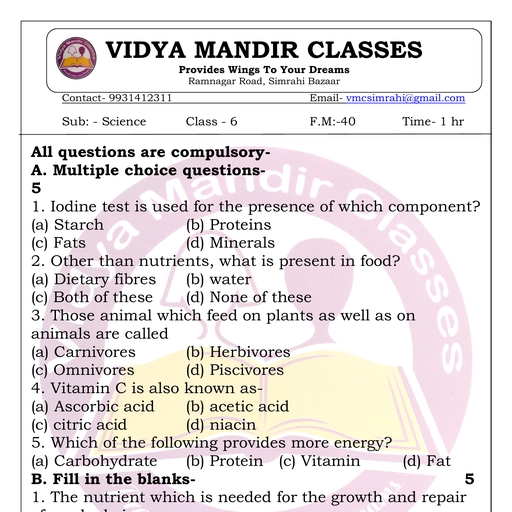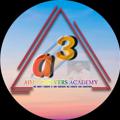Question 1 :
The base angles of an isosceles triangle is $50^{o}$. The size of vertical angle is
Question 2 :
Two sides of a triangle are of lengths 5 cm and 1.5 cm, then the length of the third side of the triangle cannot be
Question 3 :
Which is the smallest side in the following triangle?<br>$\displaystyle \angle P:\angle Q:\angle R=1:2:3$
Question 4 :
Which side is the hypotenuse for the sides, $89, 39$ and $80$ in a right angled triangle? (Apply Converse of Pythagoras theorem).<br/>
Question 5 :
Which of the following is true?<br/>(i) A triangle can have two obtuse angles.<br/>(ii) A triangle can have all angles equal to $60^o$.<br/>(iii) A triangle can have all angles more than $60^o$.<br/>
Question 6 :
Find the perimeter of an isosceles right triangle with each of its congruent sides is $7\,cm$.
Question 7 :
Which of the following numbers form pythagorean triplet? <br/>i) $2, 3, 4$<br/>ii) $6, 8, 10$<br/>iii) $9, 10, 11$<br/>iv) $8, 15, 17$
Question 8 :
Do the sides, $12, 37$ and $35$ form a right triangle? If so, which side is the hypotenuse?<br/>
Question 9 :
If length of the largest side of a triangle is 12 cm then other two sides of triangle can be :<br>
Question 10 :
In any triangle, the side opposite to the larger (greater) angle is longer
Question 11 :
The incentre of a triangle coincides with the circumcentre, orthocentre and centroid in case of:
Question 12 :
What is the length of the hypotenuse formed if the two sides are of 5 cm, 12 cm?
Question 13 :
In $\Delta ABC, \angle A=100^{\circ}, \angle B=30^{\circ}$ and $\angle C= 50^{\circ}$,then<br/>
Question 14 :
If the measures of sides of a triangle are $(x^2-1) cm, (x^2 +1) cm$, and $2x cm$, then the triangle will be: 
Question 15 :
$(5, -2), (6, 4) $ and $(7, -2)$ are the vertices of an isosceles triangle.
Question 16 :
Which of the following will be the angles of a triangle?
Question 17 :
In a right angled triangle one angle is $\displaystyle 48^{\circ}$. Then the remaining angle is:
Question 18 :
In the following, state if the statement is true(T) or false(F).<br>Each acute triangle is equilateral.<br>
Question 19 :
A point within an equilateral triangle, where perimeter is $18$ m, is $1$ m from one side and $2$ m from another side. Its distance from the third side is:<br/>
Question 21 :
Pythagorean triple is one in which a, b and c are
Question 22 :
The base of a triangle is $80$, and one of the base angles is $60^{\circ}$. The sum of the lengths of the other two sides is $90$. The shortest side is
Question 23 :
Which of the following triplets cannot be the angles of a triangle?
Question 24 :
A and B are two fixed points in a plane. If P is a moving point in the plane such that PA = PB, then the:
Question 25 :
Which of the following sets of side lengths will not form a triangle?
Question 26 :
Which of the following statements are true (T) and which are false(F) :<br/>If the altitude from one vertex of a triangle bisects the opposite side, then the <br/>triangle will be isosceles.
Question 27 :
In an equilateral triangle, the relative position of the centroid and the circumcenter of the triangle <br/>
Question 29 :
$(1, 0), (0, 1), (1, 1)$ are the co-ordinates of vertices of a triangle. The triangle is ............. triangle.
Question 30 :
Which statement is true about the difference of any two sides of a triangle?
Question 31 :
In an equilateral triangle if 3 times the squareof one side is equal to K times the square ofits altitude then K equals
Question 32 :
If the points $( 0,0 ) , ( 3 , \sqrt { 3 } ) , ( p , q )$ form an equilateral triangle and $q _ { 1 } , q _ { 2 }$ are the twovalues of $q$ then $q _ { 1 } + q _ { 2 } =?$
Question 33 :
In an isosceles triangle $A B C , A B = A C = 25 \mathrm { cm }$ and $B C = 14$ cm The measure of an altitude from $A$ on BC in $cm$ is




































































